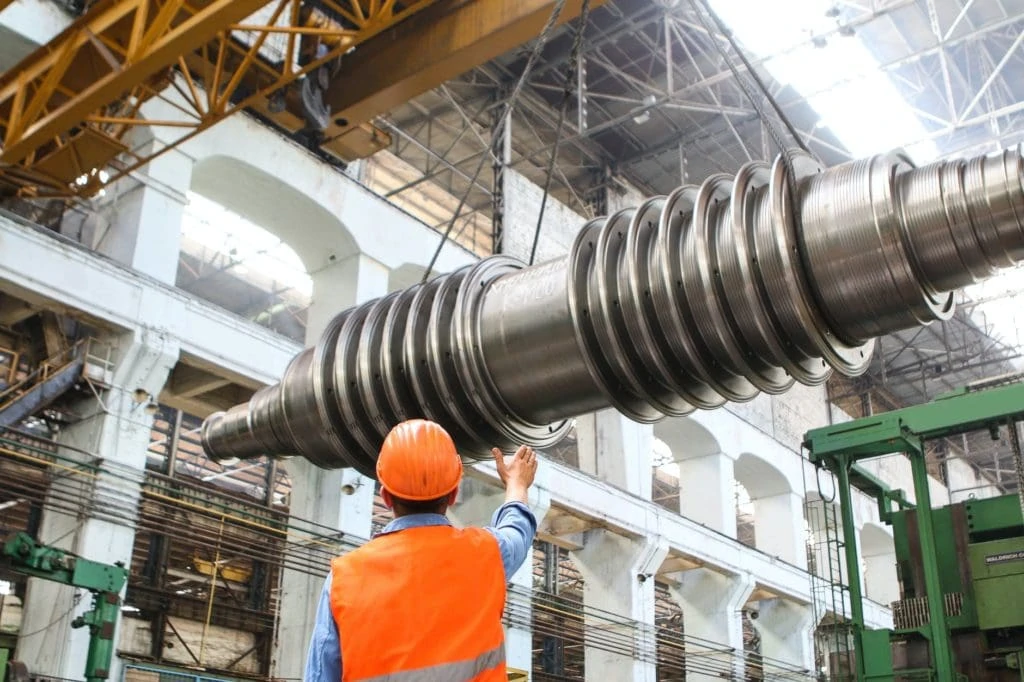Imagine a world where your package is picked, packed, and delivered with lightning speed and precision — all without any human intervention.
Logistics automation is a game-changer in how we move goods around the globe. In this blog, you’ll explore the cutting-edge technologies that are reshaping logistics.
You’ll learn:
- What is automation in logistics?
- The importance of automating your logistics.
- The pros and cons of automation in logistics processes.
- Some barriers to implementing automation in logistics.
Let’s dive in!
What is logistics automation?
Automating your logistics process involves leveraging technology like specialized machinery and software to enhance the effectiveness of your logistics operations. These include a wide range of areas, such as:
- Procurement.
- Manufacturing.
- Inventory control.
- Distribution.
- Customer support.
- Returns management.
Process automation
Process automation in logistics refers to using technology solutions to automate routine tasks like data entry, billing, and documentation.
Automating these repetitive tasks speeds up operations and reduces the chances of human error. As a result, you ensure more reliable and efficient logistics processes. Common examples of logistics process automation include:
- Automatic data entry: Automation tools that scan barcodes or RFID tags to refresh inventory records automatically.
- Computerized pick and pack systems: Systems that retrieve and package items for dispatch without any human help.
- Automated guided vehicles (AGVs): Autonomous vehicles that move products around a warehouse or distribution center based on a preconfigured path.
Demand planning and forecasting
You can also automate your demand planning and forecasting processes with software tools. These tools anticipate your customer demand based on trends and historical data, then adjust production plans accordingly on their own. This process includes:
- Predictive analytics: Your software uses past sales data and market analysis to project future demand.
- Sales and operations planning (S&OP): S&OP software synchronizes your sales projections with manufacturing timelines and stock levels and quantities. This ensures that production meets anticipated demand effectively.
Robotics and drones in logistics
The use of robotics and drones is transforming logistics operations, particularly in warehousing and delivery. Robots and conveyor belts are increasingly used for picking and packing, as they save time and reduce operational costs.
Drones are also becoming more commonplace. They’re remote-controlled flying vehicles that are capable of carrying items over short distances. Drones offer innovative logistic solutions for delivering items to remote or hard-to-reach areas. This means you can expand your reach and ensure customer satisfaction no matter your barriers.
Here are a couple of ways drones in logistics help:
- Last-mile delivery: In urban areas, drones can deliver small packages directly to customers, optimizing delivery routes and enhancing customer experiences.
- Inventory management: Drones help with inventory checks in large warehouses or outdoor storage spaces, which improves resource utilization and efficiency.
- Reduced theft and damages: Traditional methods of delivery have gaps that drones solve. Drones reduce the time that packages are left unattended to improve order security.
Warehouse management
Logistics automation also includes automated warehouse management systems (WMS). These systems are crucial in improving the warehouse operations of your logistics process.
Your WMS actively manages and controls how you store and move your goods in a warehouse. It covers everything from receiving and storing to picking, packing, and shipping. Overall, warehouse automation boosts your logistical efficiency and accuracy.
The importance of automation in logistics
Automation in logistics and manufacturing is crucial for overcoming significant challenges:
Customer expectations: Customers expect quick and transparent updates about their orders. Without automation, it’s tough to keep them updated, leading to frustration.
Operational transparency: Without logistics automation, businesses struggle to offer real-time tracking and updates on inventory and deliveries, leaving them and their customers out of the loop in terms of the logistics process.
Labor shortages: The reliance on manual labor not only deepens the impact of labor shortages. It also stops you from moving employees to roles where they can really make a difference.
Controlling operating costs: Relying on manual processes means higher costs and less efficiency. Automation can help save money by making operations smoother and avoiding labor costs and overtime pay.
Scalability: When your business gets bigger, your logistics can get messy without automation. It helps you manage more orders without the chances of errors or slowing down.
Benefits of logistics automation
Here are some of the main benefits of logistics automation.
Replace manual data entry with real-time insights
Through automatic data entry and logistics processing, you can access real-time insights into:
- Inventory levels.
- Order status.
- Delivery schedules.
This way, you promote informed decision-making and supply chain efficiency to improve your bottom line.
Improve accuracy and efficiency
Manual processes are prone to errors, which lead to:
- Incorrect orders.
- Inventory discrepancies.
- Dissatisfied customers.
Logistics minimizes the risk of error in your supply chain processes. As a result, you experience higher accuracy in order fulfillment and inventory management. You also:
- Simplify your operations.
- Reduce lead times.
- Increase overall efficiency.
Cons of logistics automation
Although logistics automation results in many positive impacts, it presents some challenges as well. Here are some things to keep in mind:
- High initial costs: Automation technology gets expensive. Your investment includes the cost of the technology as well as ongoing infrastructure changes and training for employees.
- Technical challenges: Integrating new automation systems is tricky. There may be compatibility issues, and setting up sophisticated systems like AI and robotics requires specialized knowledge.
- Dependence on technology: Over-reliance on automation in logistics operations is risky. If a system fails, it can disrupt your entire supply chain management process. So, make sure to have contingency plans in place.
Barriers to automation in logistics
In a similar vein, automation in logistics can produce significant hurdles as well. Examples include:
- Integration complexity: Seamlessly integrating advanced automation systems with current operations is tough. Compatibility issues may arise, and updating old systems to match the new ones takes a lot of time and expertise.
- Organizational resistance: People tend to resist change, and moving towards automation isn’t any different. Employees may fear job loss or the need to learn new skills.
- Keeping pace with technology: Technology moves fast, and what’s new today could be old news tomorrow. So, it’s hard to choose the most appropriate technologies with long-term value. It’s even harder to continuously update your systems in line with the latest advancements. But, these are necessary steps in finding the right solution.
Wrap-up: The value of automation in logistics
If you feel bogged down by your logistics process, consider automation through software or machinery. Automation in logistics is:
- Reshaping supply chains.
- Speeding up operations.
- Promoting accuracy and efficiency.
Despite initial costs and integration challenges, it’s crucial to boost your customer satisfaction rates and control expenses effectively.
As technology evolves, the need for automation in logistics will only grow, which makes it vital to maintain a competitive edge.
Logistics automation frequently asked questions (FAQs)
Will logistics be automated?
Yes, more and more businesses are automating their logistics across several industries. This trend is driven by the need for efficiency, accuracy, and speed in the supply chain.
Some of the most popular logistic automation technologies include:
- Robotics.
- Artificial Intelligence.
- Machine learning.
This encompasses everything from warehousing and inventory management to transportation and delivery.
What is logistics automation as applied to transport management?
In transport management, logistics automation means using technology to improve the transportation of goods. It includes:
- Inventory planning.
- Routing and scheduling.
- Packing and shipping.
- Monitoring order status and location.
Transport management automation makes things more efficient, promotes cost savings, and improves reliability.
Automate your way to stress-free days with this comprehensive guide.
Image credit: Quality Stock Arts via Adobe Stock


